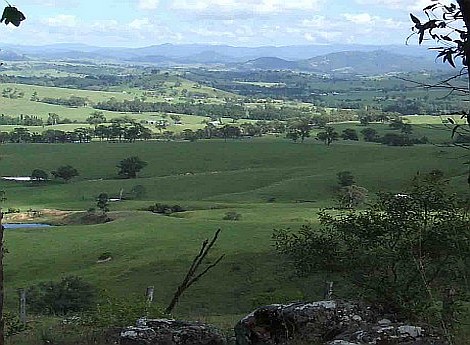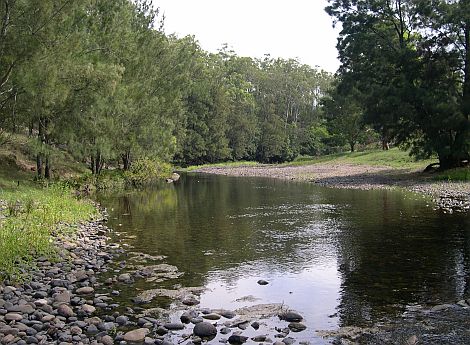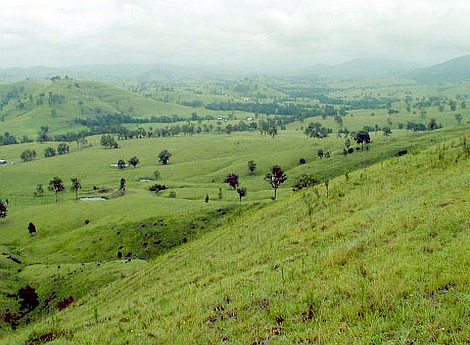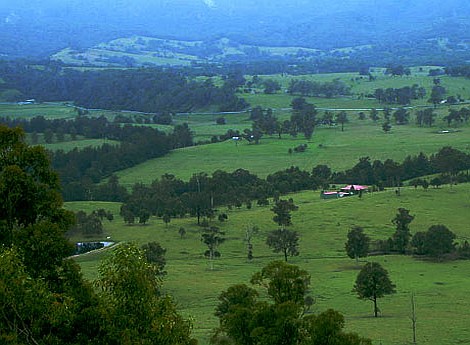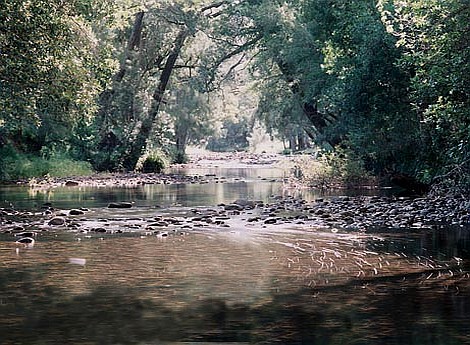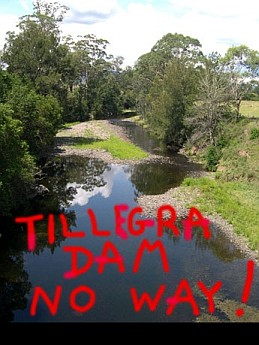Dams Do Fail!
There are a large number of large dams (>15m in height or >5m and holding at least 3 billion litres) throughout the world. Construction of large dams reached its peak in 1980. However, following research which revealed that “construction of large dams is not the solution to the problem, but rather postponement of problems with far higher risk,” construction of large dams drastically dropped in the 1990s.
Apparently, dam burst study has been excluded from the Tillegra Dam Environmental Assessment at the request of the environmental consultants, Connell Wagner. The reason most likely is that it would alarm the residents of the Williams Valley if they knew the consequences of a dam burst at Tillegra.
According to the Asia Development Bank (ADB), “a positive outcome of the growing opposition to large dams (and generally to large engineering solutions to water-related problems) is the impetus this has given to finding new ways of solving problems of water scarcity. As a first step, planners now look for ways of improving the efficiency of existing physical infrastructure and distribution systems, introducing more efficient industrial processes, reallocating available water among competing users, and finding innovative ways of recycling water.” The ADB takes a proactive role by helping its clients put in place sound policies for integrated water resource management, including pricing strategies and practices that reward efficiency rather than wastefulness. What ever happened to the clever country?
The World Commission on Dams (WCD) found the following facts:
- Only 50% (n=99) of the sample constructions were completed on-time.
- Project budgets on average blew out by up to 56% (n=80).
- 70% of dams built for water storage purposes fail to supply water as targeted. It was found that the less the area of a reservoir the higher the possibility it would successfully reach the target of water supply. This indicates that dams built for this purpose are often build excessively and wastefully.
- 60% of mitigation efforts made to deal with the impact of dams are futile and downstream damage continues to occur.
- 70% of agreements made related to the local people’s life do not involve the local community concerned.
In addition to research carried out by WCD, IRN (International Rivers Network) also studied the contribution made by dams to global warming. Construction of dams causes emission of the greenhouse gases, methane and carbon dioxide. This happens because inundation of an area composed of organic substances, such as grasses, forest, plantation, wooden construction, plants and so forth causes decomposition processes to take place in an anaerobic manner which produces methane gas and carbon dioxide in large quantities.
And Dams Do Fail!
These are photographs of Ensham Open Cut Coal Mine near Emerald, Queensland.
The Fairbairn Dam on the Nogoa River overflowed in January, 2008 putting a major flood through Emerald.
The mine flood system was designed for a 1-in-100 year flood of the river, but someone made an error!
The river overflowed the mine flood protection system, then flowed into the open cut shown in the photos. The open cut is greater than 60m deep and you can see the enormous velocity of the water. A dragline has a boom about 100m long, and a good portion of it is underwater.
The photos illustrate what a dam burst might look like.
Faults at Tillegra are rather akin to Malpasset, and Hunter Water has not found them yet! The Williams Valley is rife with landslips associated with faults. And let’s be real, the extent of contingency engineering used in the design of a dam will be decided by economics. There will always be pressure on dam designers and builders to cut corners in order to meet the budget on-time.
The Banqiao Dam in China was designed to survive a 1-in-1000 year flood (306mm rainfall per day). However, in 1975 a 1-in-2000 year flood occurred, and the flood gates were not able to handle the overflow of water, in part due to sedimentation blockage, and the dam failed killing 26,000 people due to flooding alone.
The list of dam failures is well documented and can be found here. Also have a look at our links under Dams on the right hand side menu.
The US is the world leader in dam decommissioning.
The main reasons for the removal:
- Structural safety as the dams get older and weaker.
- Economic costs – costing money to maintain while providing little or no benefit to society.
- Ecological damage caused to fish and other river dependent animals, making some dams impossible to justify from any perspective.
In the US 54 dams are slated for removal in the US to restore rivers. Canada is also decommissioning dams: Cannon Creak Dam, British Columbia; Voght Creek Dam, British Columbia.
Some statistics:
Major dams removed in the US:
Cove Dam, Idaho – 2006 –
Whittlinger Dam, Pennsylvania – 2007
Hersey Dam, Missouri
McCoy-Linn Dam, Pennsylvania
Edwards Dam, Maine
Two particularly large dams to be removed.
Elwha Dam in Washington slated for removed in 2012 – 210 feet high
Matilija Dam in South California – 200 feet tall.
Other statistics – in just five US states:
In Iowa there are 83 high hazard dams
Texas has 101
Georgia has 156
Ohio has 170
Pennsylvania has 215
Sources of information:
And The Walls Came Tumbling Down: Dam Safety Concerns Grow in Wake of Failures, Changing Climate
United Nations Dams and Development Project

